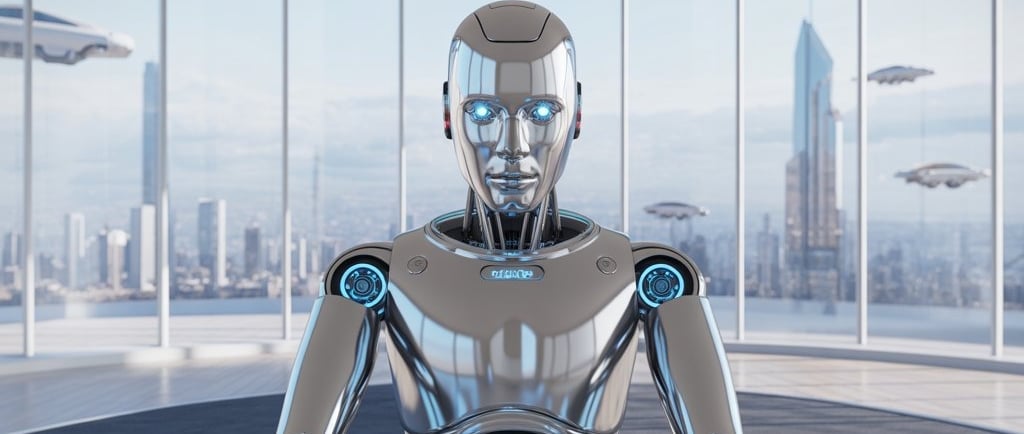Autonomous AI Agents: Will AI Soon Work Without Human Prompts?
The next wave of AI isn’t just about responding—it’s about acting. Autonomous AI agents can set goals, make decisions, and execute tasks across digital environments without human instruction. This blog explores how these self-operating systems are changing software development, automation, business operations, and even personal productivity. Get ready for AI that thinks, plans, and does—with minimal human involvement.
DIGITAL MARKETINGARTIFICIAL INTELLIGENCE


Introduction
Imagine an AI that doesn’t wait for your commands. Instead, it identifies a problem, plans a solution, gathers data, and takes action—on its own. Welcome to the future of Autonomous AI Agents—a new wave of artificial intelligence that operates independently, beyond traditional chatbot models like ChatGPT.
While conversational AIs have revolutionized how we interact with technology, the next evolution is even more transformative: AI that not only understands instructions but creates and completes tasks on its own.
What Are Autonomous AI Agents?
Autonomous AI agents are systems designed to:
Set goals independently
Break down tasks into subtasks
Access tools or online resources
Take actions without human supervision
Learn from the outcomes and self-correct
Unlike conventional AI models that wait for human prompts, these agents use a feedback loop to continue working toward a goal until it's achieved.
Example:
You ask an AI to “launch a marketing campaign.” Instead of giving you ideas, an autonomous agent might:
Research competitors
Generate content
Schedule posts
Monitor performance
Adjust strategies—all autonomously
How Do They Work?
Autonomous agents use several AI components working together:
Large Language Models (LLMs): For reasoning and communication
Task Planning Algorithms: To decide what steps to take
APIs & Tool Access: To interact with digital environments
Memory & Feedback Loops: To learn from experience
Reinforcement Learning: To refine performance over time
Popular frameworks like AutoGPT, BabyAGI, and AgentGPT are early experiments in this field.
Real-World Applications Already Emerging
Autonomous AI agents are no longer theoretical. They’re being developed and tested in areas like:
1. Customer Support Automation
AI agents can now handle multiple queries, escalate issues, and resolve problems across channels—without needing manual intervention.
2. Finance & Trading
Autonomous bots can analyze markets, execute trades, and optimize portfolios in real time.
3. Marketing & Content Creation
AI agents can plan blog calendars, write SEO-optimized articles, and distribute content across platforms automatically.
4. Software Development
Agents like Devin (by Cognition AI) can write, test, debug, and deploy code—all autonomously.
The Opportunities
Scalability: You can deploy dozens of agents working 24/7 on repetitive tasks.
Efficiency: Complex workflows become faster and error-free.
Creativity: Agents can brainstorm, experiment, and refine without waiting on humans.
The Challenges
However, this power comes with serious challenges:
Trust: Can we rely on an AI that makes its own decisions?
Security: What if agents access sensitive systems or make harmful errors?
Ethics & Control: Who is responsible when AI acts independently?
The Future: Collaboration, Not Replacement
Autonomous AI agents won’t replace humans entirely—but they will shift our roles from doers to directors. Humans will define goals, monitor outcomes, and guide the ethical boundaries of these self-operating machines.
Imagine a workplace where your AI assistant not only manages your schedule but also identifies your best-performing channels, suggests collaborations, and initiates outreach—all while you sleep.
Final Thoughts
We’re entering a new era where AI isn’t just smart—it’s self-driven. Autonomous agents represent a major leap beyond chatbots and voice assistants. They are task-focused, purpose-driven entities capable of revolutionizing how we live and work.
As we embrace this change, the real question isn’t if AI will work without us—it’s how ready are we to let it?
